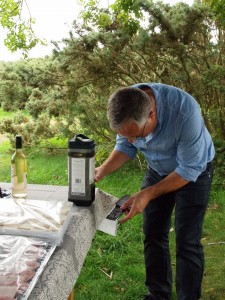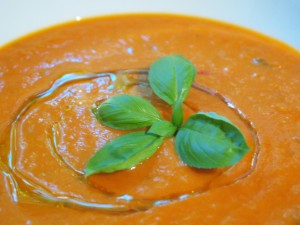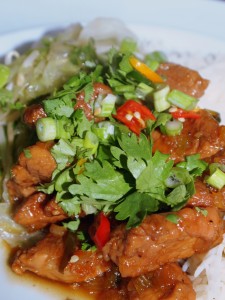I’m off on my summer holidays tomorrow – I’m headed back to Las Vegas and Utah for a mixture of hiking (to keep the pounds off) and restaurant crawling (to put them back on again). I may post a few pictures while I’m away, but I’m planning on spending most of the next fortnight well away from any computers.

In the meantime, I leave you with some pictures from Andrew’s Really Secret Event. Note the acronym – Andrew seemed awfully pleased about it, and it would be churlish not to draw your attention to it. This was a wine tasting on Coombe Hill in Buckinghamshire, which you may have noticed me tweeting from a couple of weeks back. Andrew Barrow, annoyingly good photographer, proprietor of Spittoon and a proper gent despite the tendency to humorous acronyms, marshalled a sundry group of bloggers (Eat Like A Girl, Simply Splendiferous, Supermarket Wine Reviews, Wine Sleuth, Cook Sister, Wine Woman and Song and Wine Passionista – all worth a click if your Friday becomes too much like hard work) and marched us up to the top of a hill. A very steep hill, not made any better by the fact that Andrew got lost on the way to the top – how do you get lost on the way to the top of a hill? – and ended up trailing a line of terrified bloggers through a dark and boggy wood, all of us convinced that he was about to turn on us with a shotgun and subject us to some sort of Shallow Grave-style performance art.

Happily for readers of food and wine blogs everywhere, we survived and made it to the top, where Andrew and a group of friends had set up gazebos, laid out a huge picnic, and, most importantly, prepared a blind tasting, courtesy of Nick from Bordeaux Uncovered. My favourite wine of the afternoon was the Champagne Barnaut Seconde-Collard Blanc de Noirs Brut NV, with a lovely toasty nose and a crazily low price, coming in at less than £20 a bottle.


A lovely afternoon, with some great company. Only one request, Andrew – next time you do one of these, can we please go somewhere with a toilet?



